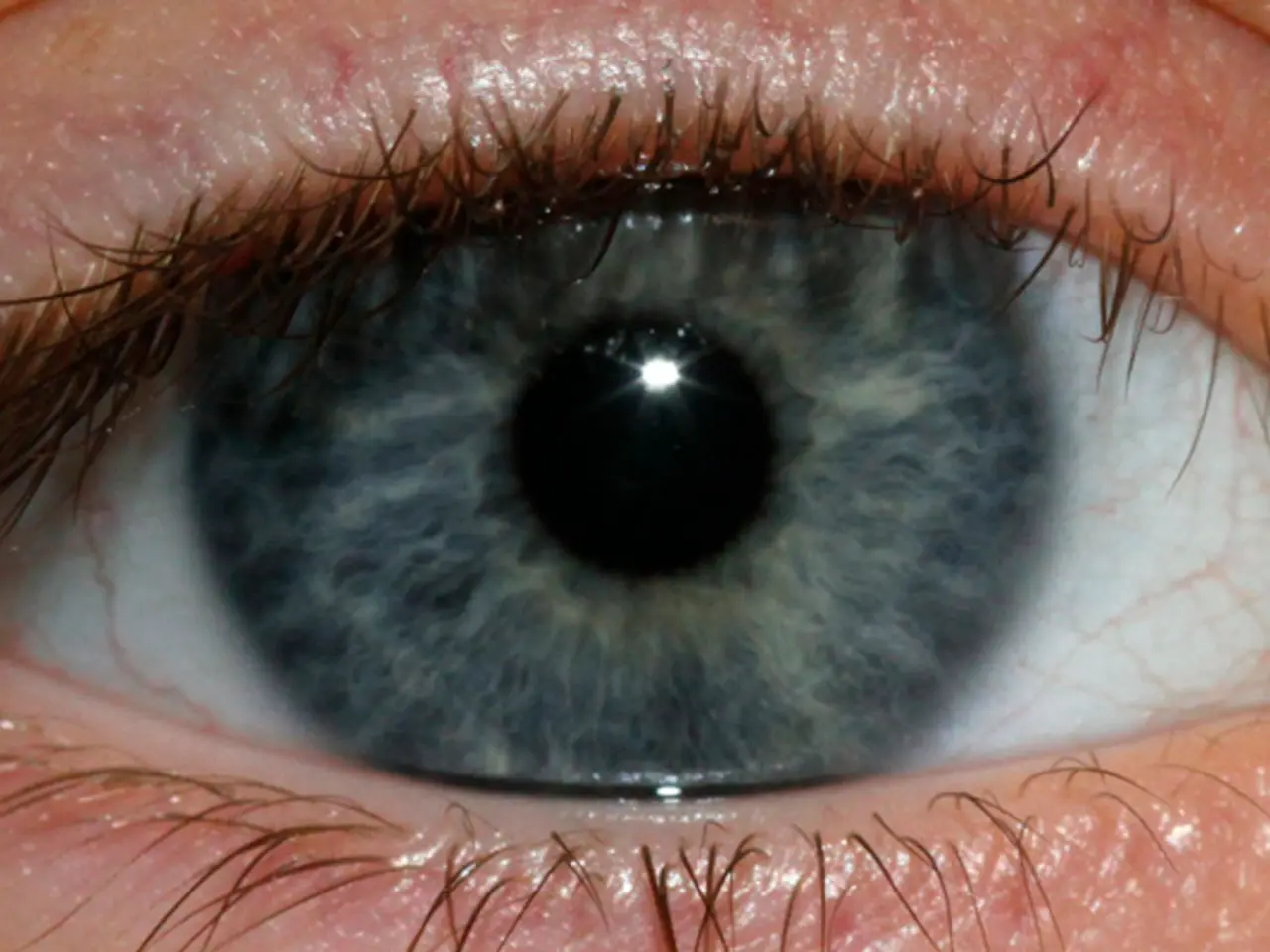Visions derived from our visual organs
The Vision 20/20 Project, a Participatory Science Platform project, has been launched with the aim of rectifying issues related to visual impairment and its impact on education. This collaborative initiative involves experts from Otago Polytechnic, Otago University's School of Medicine, and Tahuna Normal Intermediate School.
The project is funded through Otago Science into Action, a programme that is part of the Curious Minds initiative, and funded by the Ministry of Business, Innovation and Employment. The government's national strategic plan for Science in Society, A Nation of Curious Minds - He Whenua Hihiri i te Mahara, has also supported the Vision 20/20 Project.
Vision is one of our most important senses, but not everyone's vision is the same. Some people need glasses to see better. Hyperopia, or far-sightedness, causes objects that are close to appear blurry, while Myopia, or near-sightedness, causes objects that are far away to appear blurry. Astigmatism, a condition that causes an unevenly shaped cornea, can also lead to blurred vision, whether for close or far objects.
The human eye works by focusing light that enters through the cornea and pupil (controlled by the iris). The lens then fine-tunes the focus by changing its shape, a process called accommodation, to adjust focus for objects at different distances. The light is ultimately focused on the retina, where two types of photoreceptor cells, rods and cones, convert it into electrical signals.
These electrical impulses are transmitted via the optic nerve to the brain, where they are processed to form images. The brain combines signals from both eyes to produce depth perception and a coherent visual scene. The macula, responsible for central detailed vision, allows for the perception of fine detail and colour.
The Vision 20/20 Project is developing a peer-to-peer vision screening programme to address the prevalence of visual impairment in schools. Research indicates that about 80% of learning at school is dependent on vision. Reduced vision can cause disadvantages in literacy and numeracy, poor focus, perseverance, and class participation.
The Vision 20/20 Project has been supported and funded by a number of organizations, reflecting the importance of this initiative in improving the educational experience for students with visual impairments. By addressing these issues, the project aims to level the playing field and ensure that every student has the opportunity to reach their full potential.
The Vision 20/20 Project, with its focus on vision health and eye-health, aims to create a peer-to-peer vision screening programme to mitigate the impact of medical-conditions like Myopia, Hyperopia, and Astigmatism on health-and-wellness and education. This initiative, funded by Otago Science into Action and supported by a national strategic plan, is instrumental in promoting fitness-and-exercise by ensuring appropriate visual acuity for students, thereby enhancing their learning experience and boosting their potential in a coherent and detailed educational environment.




